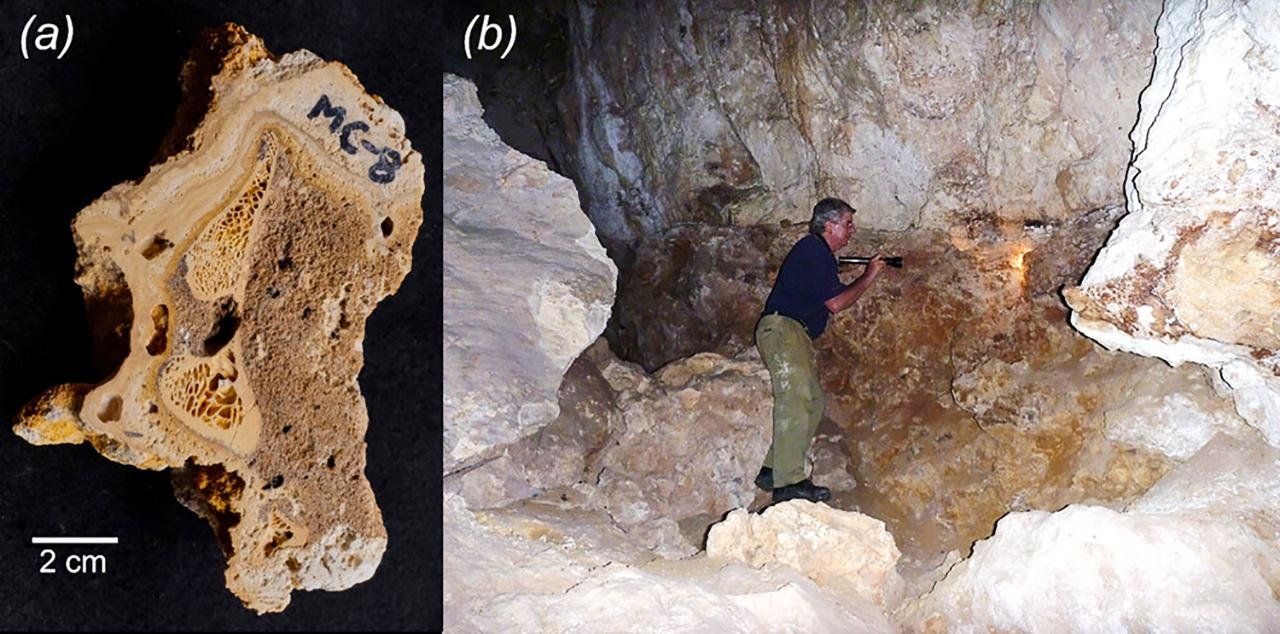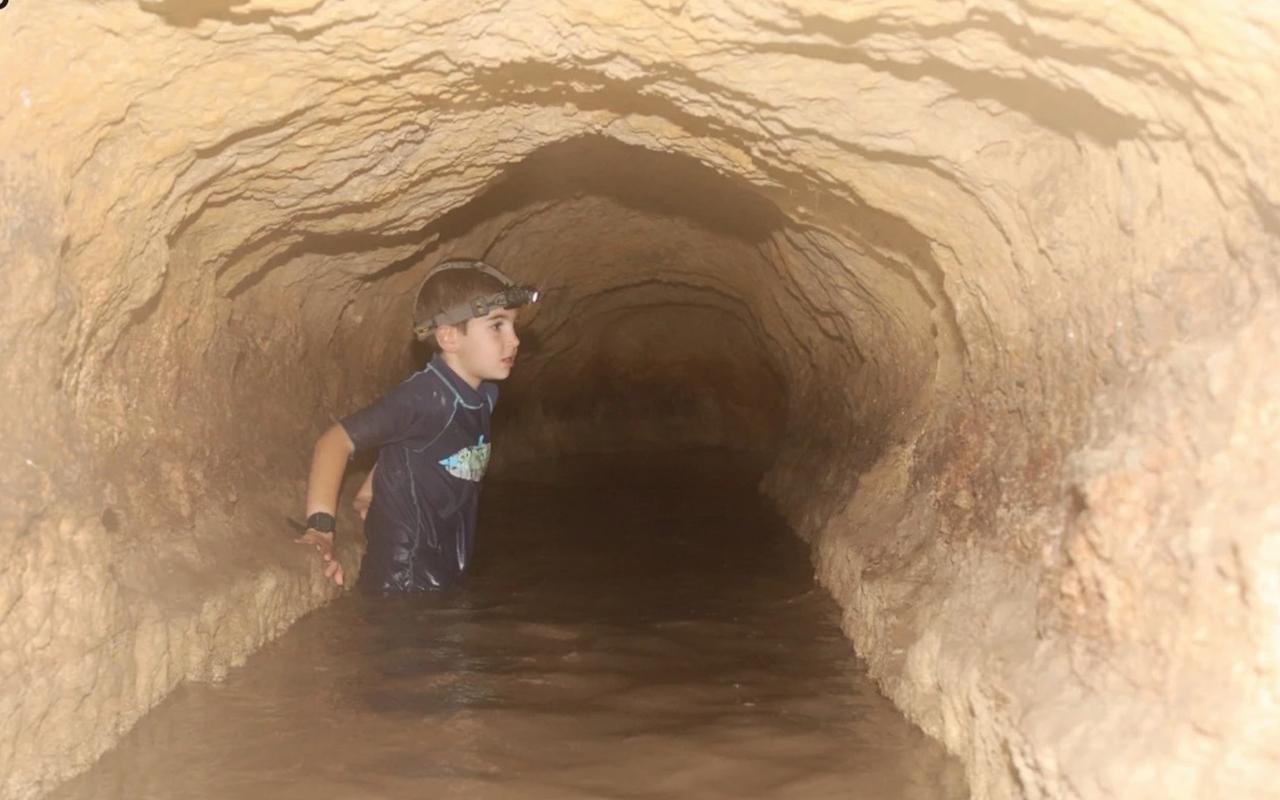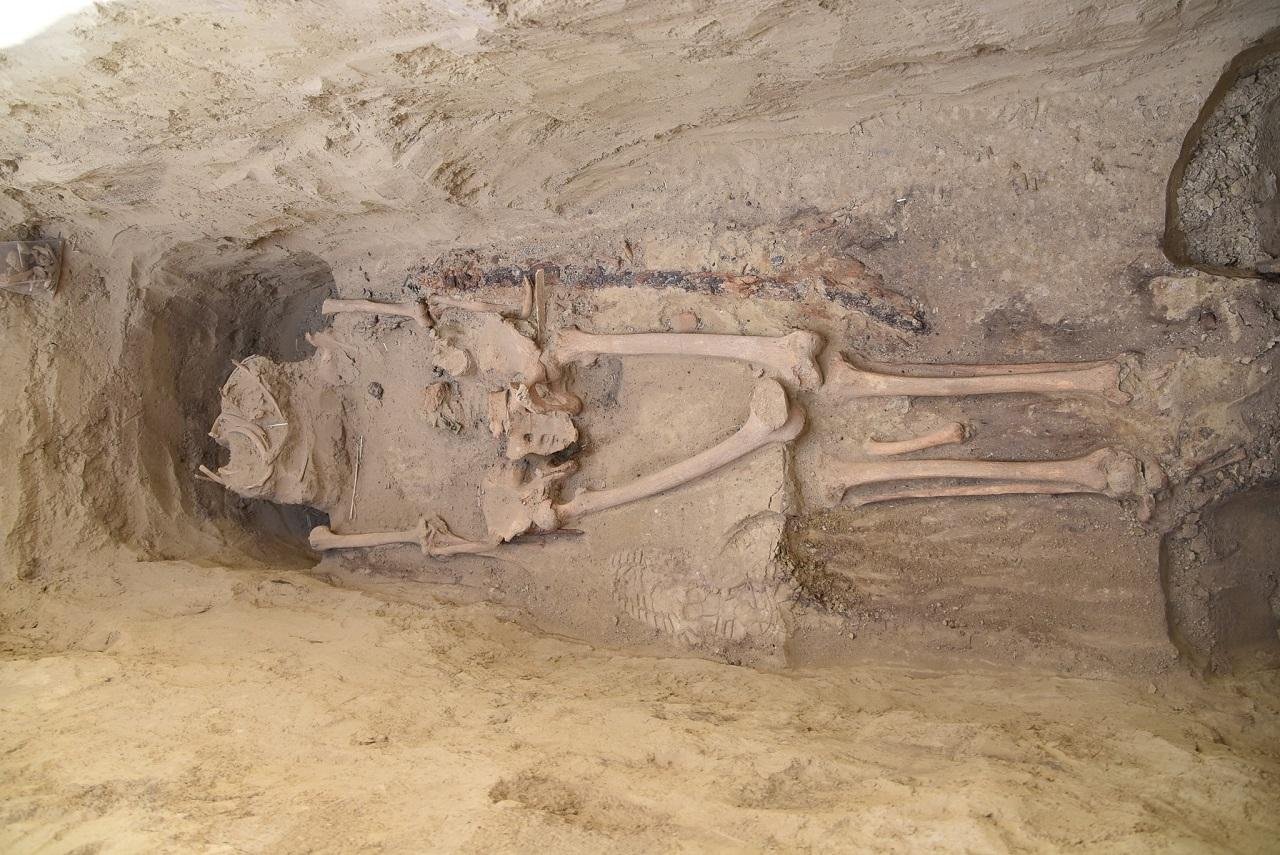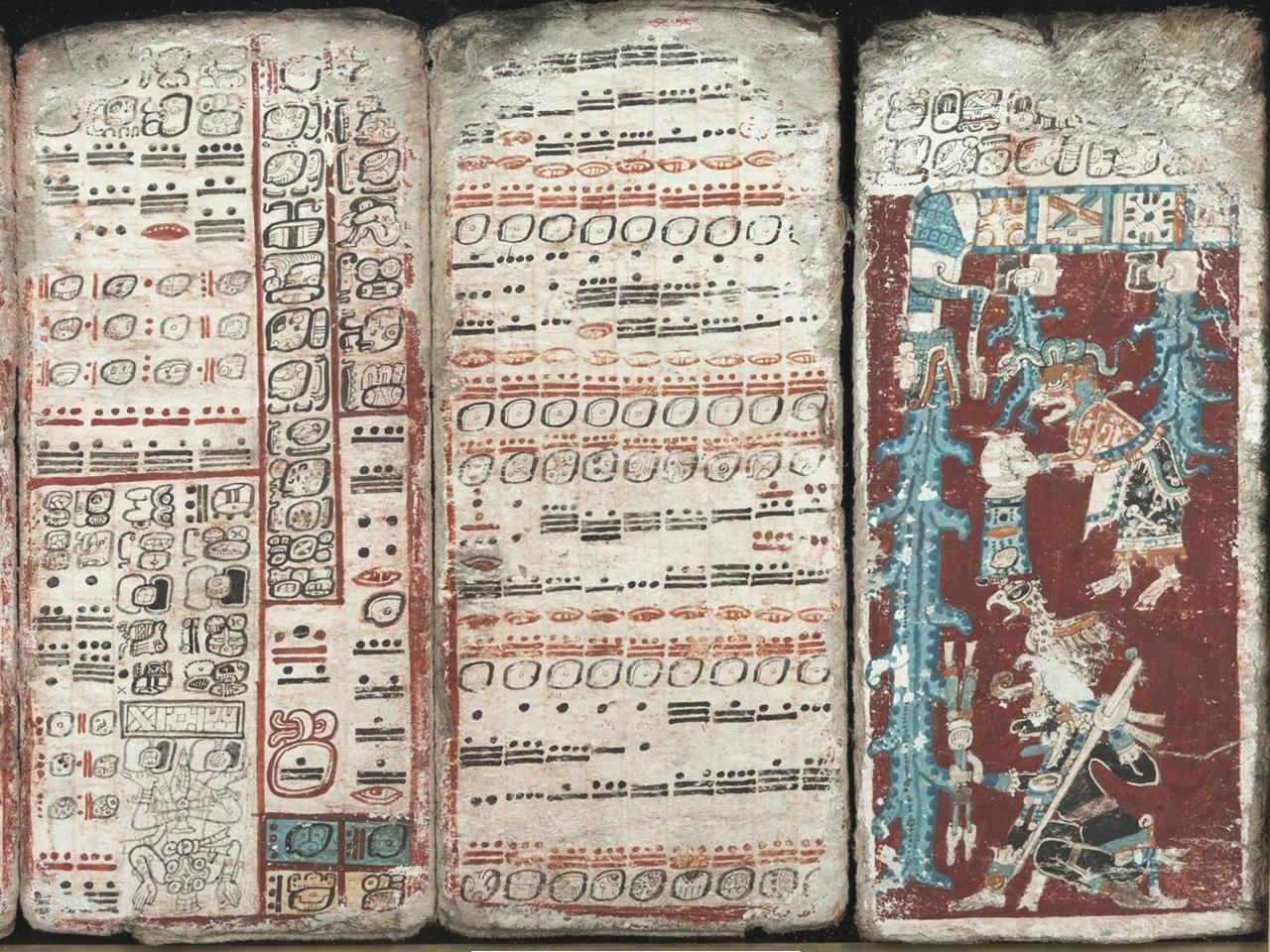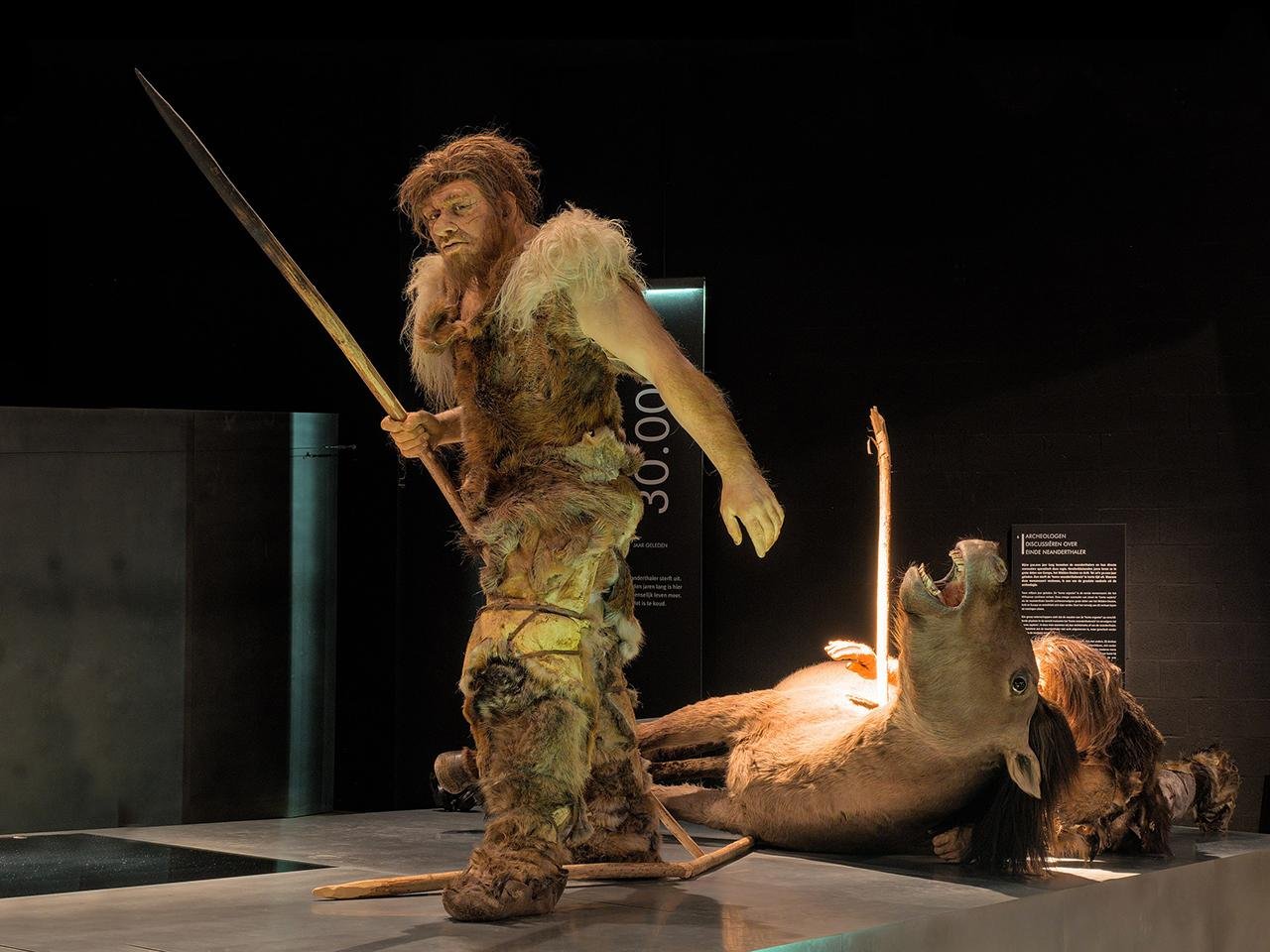Archaeologists from Arkeologerna, a division of the Swedish History Museums, have uncovered a remarkable Viking Age site in Täby, just north of Stockholm, revealing a mᴀssive farmstead, a burial ground, and an extraordinary silver treasure buried over a millennium ago. The discovery, made during a 2020–2021 excavation, has provided valuable insights into life during the late Iron Age and early Middle Ages, between 500 and 1050 CE.
 Viking-era silver hoard found in Täby. Credit: Arkeologerna, SHM
Viking-era silver hoard found in Täby. Credit: Arkeologerna, SHM
The site, located above the woods and fields of Viggbyholm, holds the remains of 34 buildings and five graves—three coffined and two cremations—along with about 1,450 artifacts. These include ritual deposits, everyday items, and a valuable Viking silver hoard that has gained widespread interest for its uniqueness and preservation.
Among the most stunning finds was a ceramic vessel covered with a stone near the remains of an older structure. It contained silver neck and arm rings, a silver amulet, beads, and 12 coin pendants made of European and Islamic coins dating between 904 and 997 CE. The coins had been minted in Persia, Bavaria, Bohemia, Normandy, and England. This hoard was also wrapped in an opulent linen purse, containing silk embellishments and remnants of pollen from grains and medicinal plants, thanks to the antimicrobial properties of the silver.
 A coin pendant made from a silver coin. Credit: Arkeologerna, SHM
A coin pendant made from a silver coin. Credit: Arkeologerna, SHM Fragments of the ornate linen purse that held the treasure. Credit: Arkeologerna, SHM
Fragments of the ornate linen purse that held the treasure. Credit: Arkeologerna, SHM
The find was called extraordinary by the head of Arkeologerna’s excavation, John Hamilton. “The find is exceptional not just due to the variety of the silver objects but also due to the direct connection to the remains of the farmstead and burial site,” he said in a statement by Arkeologerna. He added that the treasure was possibly buried in some sort of ceremonial ritual to honor a high-ranking female, possibly marking the end of the farmstead’s occupation.
 The silver hoard as it was uncovered at the site. Credit: Arkeologerna, SHM
The silver hoard as it was uncovered at the site. Credit: Arkeologerna, SHM
Interestingly, fifteen buildings within the settlement appear to have had ritualistic functions, as archaeologists discovered deposits of ritually buried objects in the ground. The fact that such features are present indicates a high level of culture and spirituality within the community.
Pottery within the site also suggests contact with or migration from areas across the Baltic Sea. While some of the vessels were made from local clay, their styling is comparable to that found in areas beyond Sweden, which suggests either foreign habitation or trade.
 An archaeologist excavating the Viking Age site in Täby. Credit: Arkeologerna, SHM
An archaeologist excavating the Viking Age site in Täby. Credit: Arkeologerna, SHM
In addition to artifacts, archaeologists conducted DNA analysis on the skeletal remains of four men. While the remains had been somewhat degraded, testing validated family connections among several individuals and concluded that at least one of the men was from outside the local society.
The years-long documentation and research at the site have yielded in-depth reports, which are now available to the public. Not only do they create a vibrant image of everyday life in Viking-age Sweden, but they also afford a glimpse into the ceremonial traditions, trade connections, and social structure of an active community that existed more than a thousand years ago.
More information: Arkeologerna

